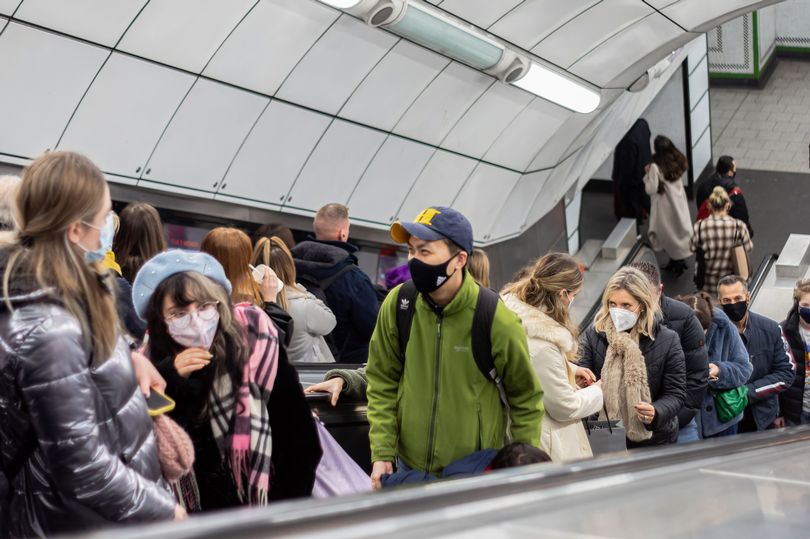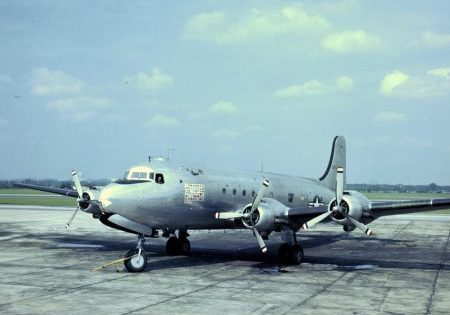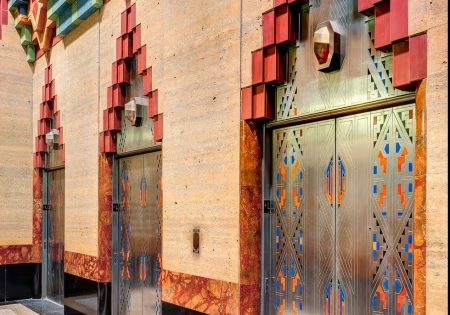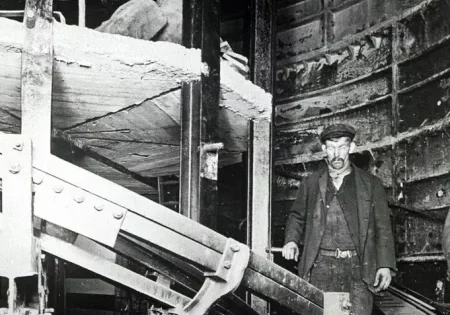What we’ve learned about vertical-transportation (VT) systems, more than anything else, is the way they enable lots of folks to cover a distance regardless of how high they need to go. Before elevators and escalators, tall buildings or deep subway stations were unrealistic. Traversing them just required too much exercise and made breathing difficult. It was only when VT machines could make it simple that people were up to the task.
As U.K.’s My London reports, the underground rails really took off once travelers could go deeper — and rise back up quickly and easily — with these wonderful machines. Taking the stairs is, in many places, no longer the rule. Riders are used to it in London, where the system is home to 451 escalators across all stations. The Waterloo station holds the prize for the most escalators in a single station — 23 — and Angel has the longest escalator. But for something that seems almost comical, escalator riders witness the London system’s unit with the shortest travel distance: The 4.1-m (13.4-ft) escalator in the Stratford station. It’s not a new station — Stratford, located in East London at the end of the Jubilee line, was opened in 1839. It is soon be included on U.K.’s new Elizabeth Line. Though short, the escalator still speeds up their journey for about 1.35 billion riders every year. If you wish to discover its usefulness, most escalator users in London’s stations travel about 0.75 m/s. At that rate, the small escalator carries each passenger about 5 sec. But, even here, fast walkers want escalator non-walkers out of their way.
Get more of Elevator World. Sign up for our free e-newsletter.










